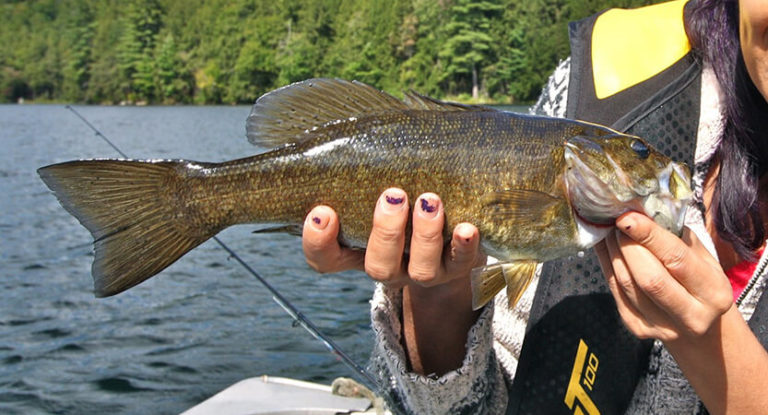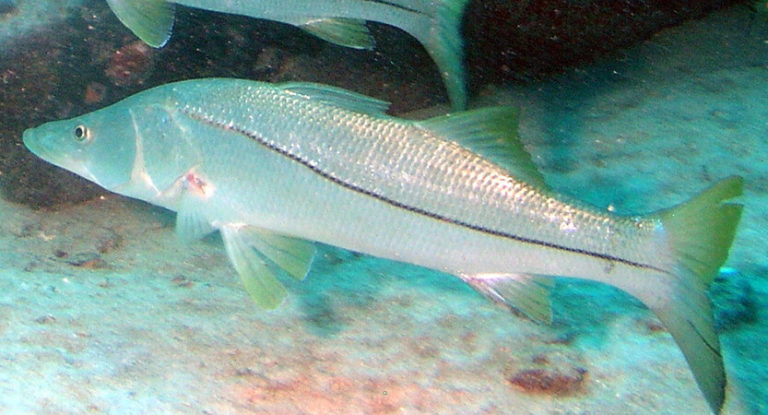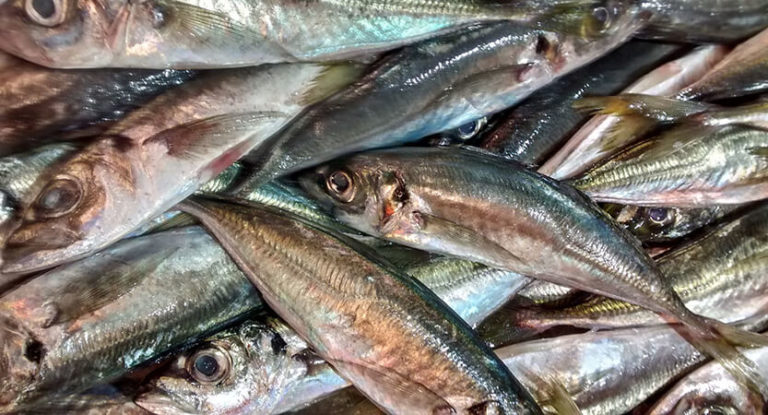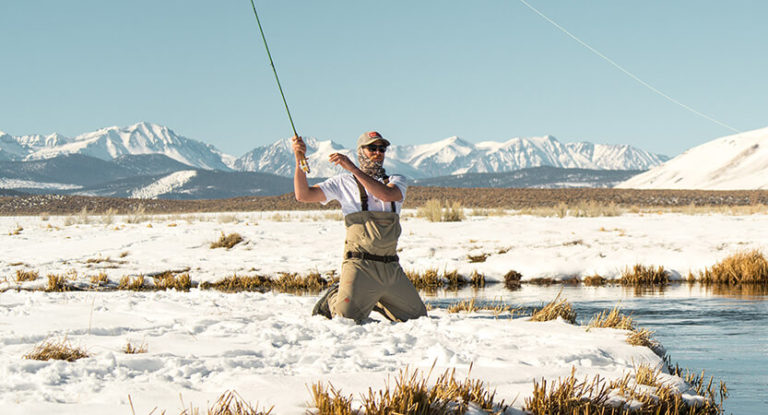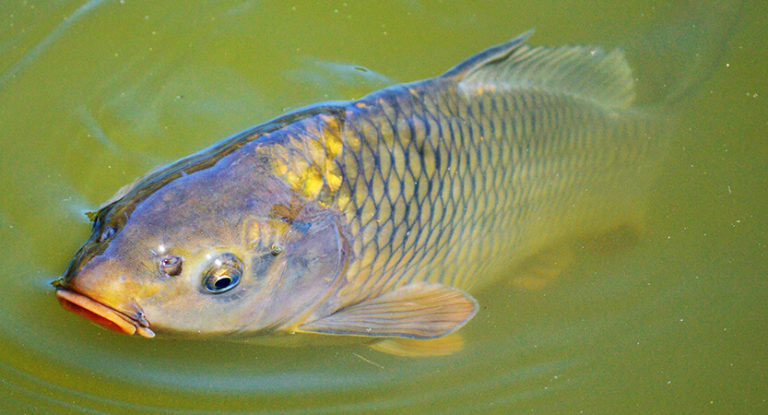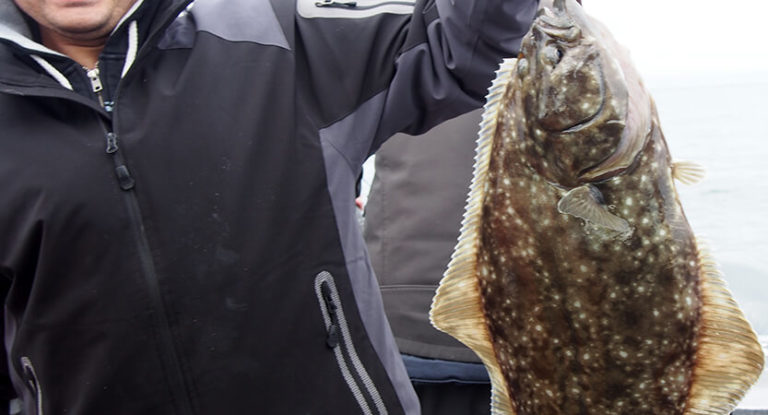The chub belongs to the order of cyprinidae, the genus squalius. A small predatory fish that does not disdain food of plant origin. It has a broad-faced head, an almost cylindrical body and large scales. The peculiarity of the color lies in the presence of a dark border on the free edge of each flake, creating a kind of pattern.
Here is an overview of the content of this tutorial, feel free to jump to any section you care about:
For more fishing instructions, take a look at these popular Trizily links: Minnow Fishing.
- The 7 best spinning reels 2022
- The 9 best fishing lines 2022
- The 7 best fly fishing reels 2022
- The 7 best spincast fishing reels 2022
Chub Fishing
Characteristics of chub
The maximum age of this fish can be 15-18 years. It can grow up to 80 cm and reach a mass of 8 kg. However, the usual size of the chub is a length of 30-40 cm and a weight of up to 1 kg.
Reproduction habit of chub
Spawning takes place in spring, in April-May. Caviar throwing occurs on shallow, quick rifts. Caviar has a diameter of one and a half to two millimeters, the color is orange. In relatively warm water, the larvae appear after four days. At first they feed on zooplankton. The chub is considered one of the most prolific fish, because caviar is small and in large females can be up to a million or more eggs. The reason that there are not so many adult chubs as other fertile species – bream, roach, etc. – serves the infertility of most of the caviar, which does not have time to stick to stones and other underwater objects. In addition, some fertilized eggs are eaten by fish. The chub becomes sexually mature in the third or fourth year of life. At this time, it grows to 20 cm in length.
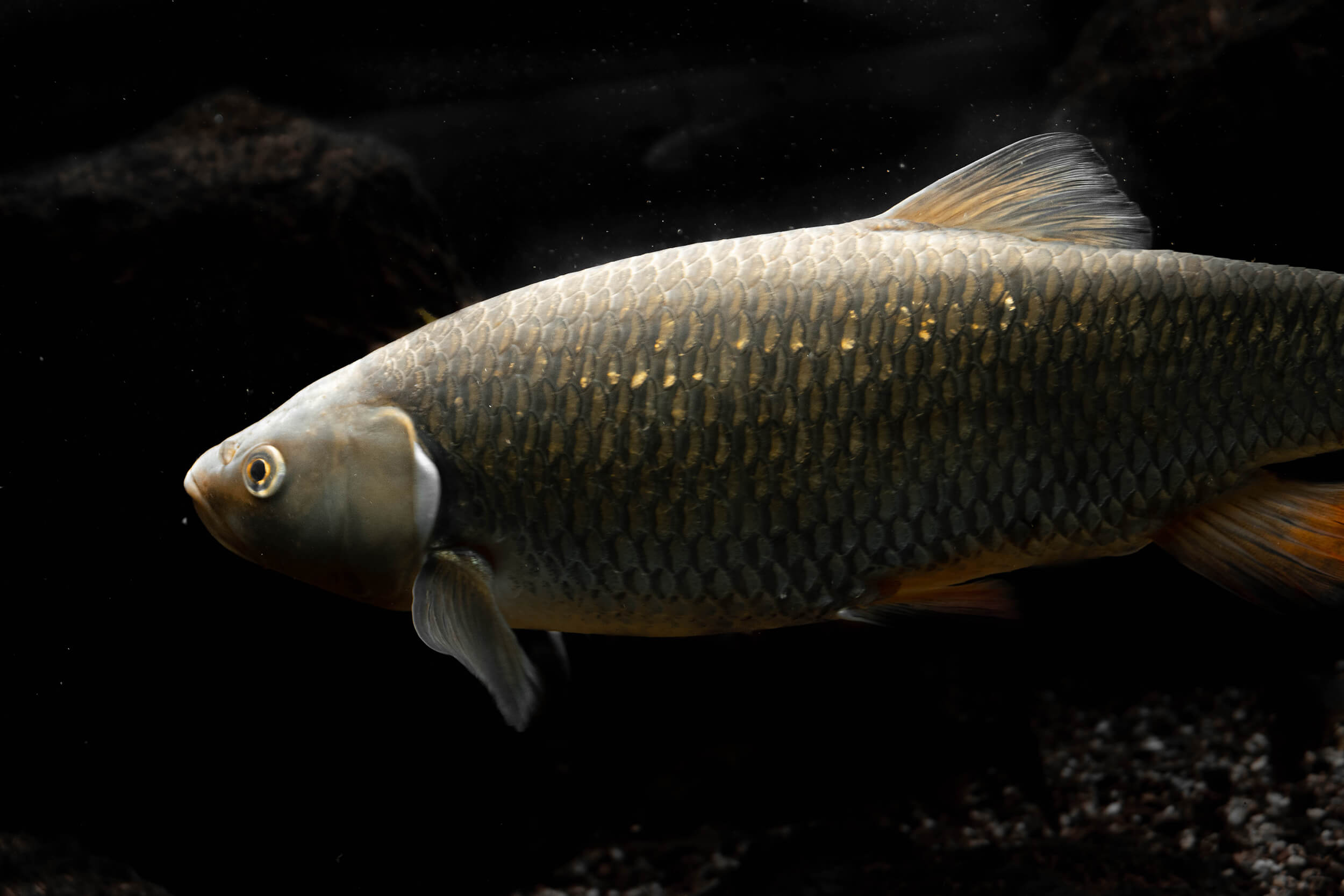
Chub fishing guide: Techniques, bait and gear
Chub fishing techniques
The chub is an omnipresent and omnivorous fish, which, however, is very difficult to catch. The reason is the caution of fish with remarkable vision. In some cases, the fisherman will need camouflage, otherwise the result may be zero. Today there are many effective ways to catch a chub, but the most popular are spinning, fly fishing, and a float rod.
Spinning for chub
The choice of gear depends on the fishing conditions. In the case of fishing on a small river, we select a light and at the same time reliable fishing rod with a length of up to 2.4 m. It is not very convenient to use a longer rod, since in most cases the process will take place among the coastal shrubs and trees. The bait should weigh no more than 8 g. A medium-sized fishing rod can be considered a good option. Recommended reel – up to 2500 according to Shimano classification.
The best option in terms of using fishing lines are monofilaments with a diameter of up to 0.22 mm. It is possible to use braids of the appropriate diameter, a slight increase in the diameter of the cord can help with forced fighting and accidental hooks. The most convenient places for catching the chub are where the current changes direction. For example, in the area of a bridge or piles in the water. Favorite places for this fish include pitfalls and rifts. It is better to have a whole arsenal of lures: wobblers, spinners, small twisters, vibrators, surface poppers.
Catching a chub on a float tackle
A chub is best caught on a fishing rod in summer and early fall. The rod should be medium hard, fishing line – 0.14-0.18 mm. The Silver Robber will appreciate the bait in the form of a caterpillar, locust, dragonfly or beetle. The color of the float is preferably dark or “barrel”. After throwing gear into the water, you need to release the line five meters and allow it to move freely along the stream.
To further attract the attention of prey, you can slightly twitch the float. This will simulate the sound of insects falling into the water. In autumn, the chub is better caught on fry. In the absence of fry and other described baits, you can use maggot. The bait must be voluminous so that a large fish pecks. If after a dozen casts there are no bites, it is better to change the place. If fishing comes from a boat, it is preferable to look for driftwood and trees hanging over the water.
Fly fishing for chub
The most fascinating and, perhaps, difficult type of fishing. Success depends on the season, but if you are aware of a secret place that does not freeze in winter, then fishing is guaranteed year-round. In the warm season, the chub actively feeds on insects falling into the river, and therefore often hunts along the coastline.
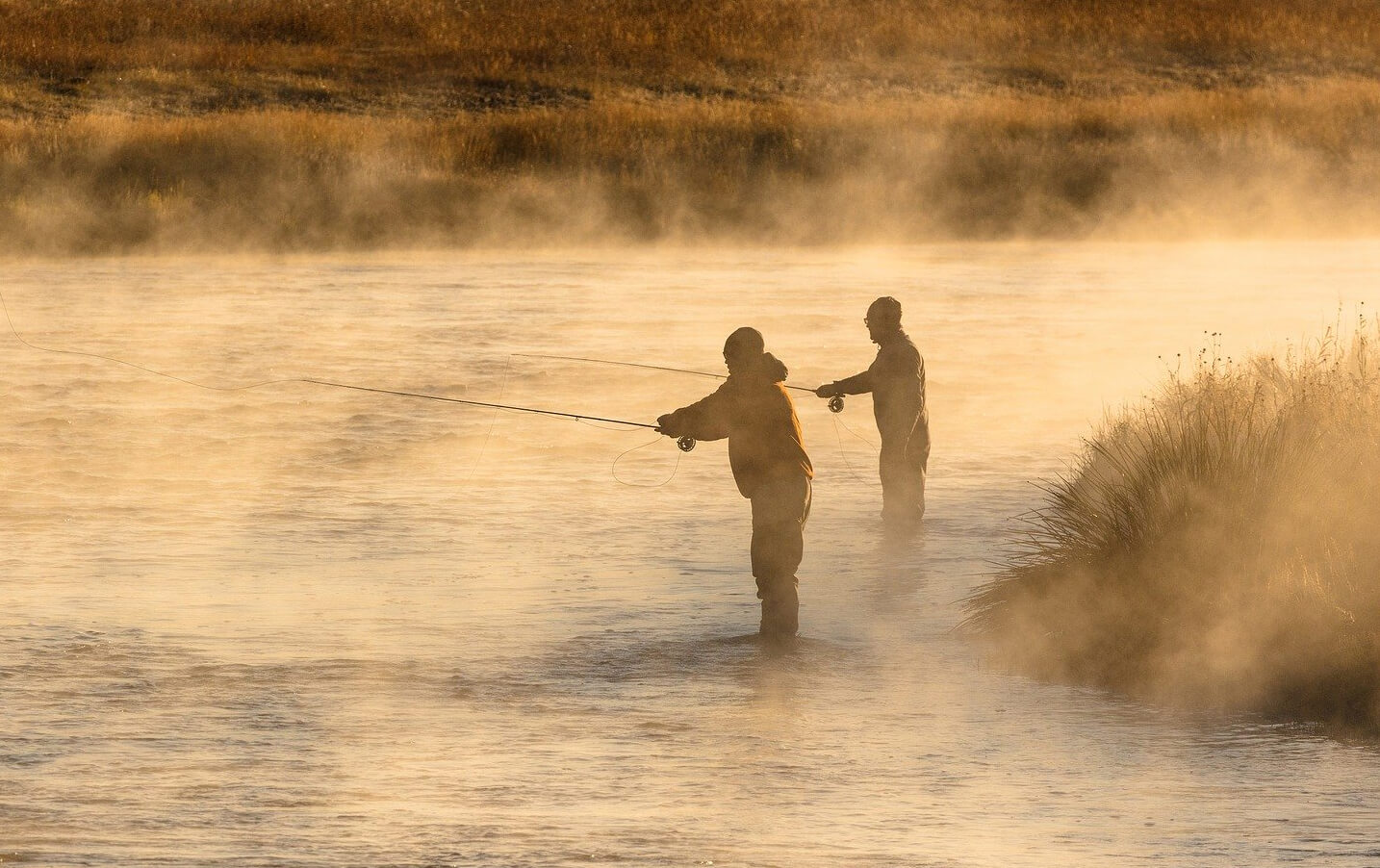
To begin with, you should find places with bent trees or a steep bank, under which there may be future prey. The fishing process can be called a real hunt, given the cunning and caution of the enemy. For fishing use gear of light classes and different lengths. The choice is connected with the preferences of the fisherman. It should be borne in mind that when catching a chub, quite large imitations of insects are often used. In the case of using streamers, depending on the conditions of the river, sinking understory is used.
The chub is rather shy, so when fishing from the surface it is worth using cords with a long front cone for a “delicate presentation”. With this method of fishing, it is important not to make noise, not to talk, and not even to dress too brightly. The delivery of the bait by the “from the leaf” method, which imitates an insect falling from a tree into the water, can be called virtuosic art. If the bait falls into the water with a loud sound, a large fish will react to it with distrust. The probability of catching trifles is much greater.
Chub fishing lure
The chub has a favorite bait – a grasshopper. Once it was the most common and most catchy bait. Despite the presence of a large number of modern lures, and today it is no less effective.
Where to catch chub
Chub is common in Europe and Asia Minor. Most often, this fish is found in estuaries. Favorite place of the chub, as already mentioned, are thick snags and areas with hanging trees. Often found in whirlpools. Likes to keep shallows with a rocky or sandy uneven bottom. The habitat of the chub is largely similar to the area of asp. However, asps prefer fast-moving, and chubs rarely go there, preferring to stay on a weaker course, as well as near water barriers like piles, bridges, and blockages of stones.

